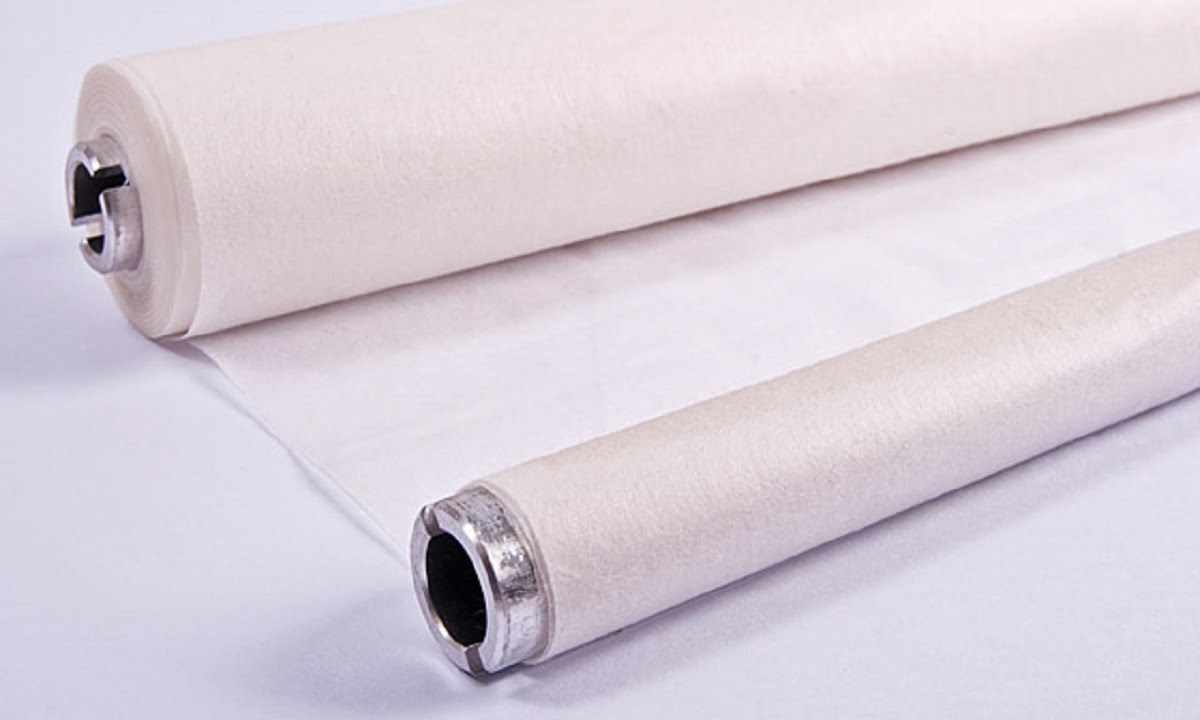Most people are unaware of how thermal bonding Nonwoven Fabric did. If you want to know all about the full process of making thermal bonded non woven fabric then here you can easily know about all of it. Each and every step is recommended in this article with you.
Thermal Bonded nonwovens are textures created by utilizing warmth to soften thermoplastic powders or filaments (polyester, polypropylene, and so forth) Since the heft of warm reinforced nonwovens is delivered utilizing filaments, today we’ll invest some energy examining them. There are various approaches to apply warmth to the filaments. At where at least two filaments meet, they can be warmed to soften to one another.
At the point when they cool they will be fortified, which bestows solidarity to the texture. These textures can be exceptionally lightweight and dainty, or extremely weighty and thick, and can likewise fall someplace in the middle. They are utilized in numerous applications, including cleanliness items (diapers and female cushions), protection (sound and warmth), cushioning or padding (beddings, furniture), and different items too.
The warm holding measure starts by taking filaments (thermoplastic strands alone or mixes with non-thermoplastic strands like cotton) and shaping them into a fiber batt utilizing either checking or air-laying machines. Now, the networks can be warmed utilizing different techniques.
Method 1st: Calendering
Calendaring is passing the web between warmed rolls that are feeling the squeeze, which eventually presses the web together. The filaments are softened between the rolls. The pressing factor between the rolls then, at that point smoothest the web, shaping a level, dainty texture.
These rolls can be strong or can contain designs. The utilization of strong rolls brings about all the thermoplastic fiber being dissolved, which creates a strong, solid texture. Examples can likewise be engraved on the top roll, bringing about a roll where the parts that aren’t engraved are higher than the engraved regions; consequently, just the strands are dissolved under the raised pieces of the rolls (“point holding” is another word utilized for this interaction). The holding happens at the convergences of the filaments in the spaces that are between the raised pieces of the top roll and the base roll. This produces level, adaptable, and delicate textures.
Types Of Loading
There are some types of loading that take place while calendaring process and that are: rollers at kept at an angle of top and bottom, Thermo Hydrein calender, Texcol Hycon and many more.
Method 2nd: Ultrasonic
A gadget that produces heat utilizing ultrasonic energy replaces the top drum and can deliver a similar kind of textures as calendaring does. In ultrasonic holding the example, assuming any, is on the lower roll.
Method 3rd: Through-Air Bonding
Networks are delivered and gone through a stove that is warmed on one side. On the opposite side (or truly, within), the negative pressing factor gets the hot air through the web to dissolve and bond the strands. This takes into consideration even warmth all through the whole web. Thick, grand textures can be delivered by this technique. In the event that the web is sandwiched firmly between two belts while warming, meager textures can be delivered too.
Is Cotton in Thermal Bonded Nonwoven Fabric Used?
Cotton can be utilized to create warm reinforced nonwoven textures in case it is mixed with a thermoplastic fiber, and it tends to be mixed with a wide range of thermoplastic filaments (polyester, polypropylene, polyethylene, and so on) Mixes up to 80% cotton have been utilized to make the texture. Notwithstanding, since the strength of warm fortified nonwovens comes from the thermoplastic filaments softening to one another at the fiber crossing points, the more cotton you add, the less strength the texture will have. Why? Since where any cotton filaments meet there will be no holding. Be that as it may, where there is a gathering of thermoplastic and cotton strands, the thermoplastic will cling to the cotton.
At last, you should go ahead and use cotton in your warm reinforced textures, adding however much as could be expected until you arrive at the strength prerequisite breaking point needed for your item.
Applications
Light to medium weight items in the reach 30 – 100 gsm is produced using schedule warm fortified nonwovens. Fundamental applications are:
- Interlining
- Coverstock for diapers
- Channel material
- Clean napkins
- Wipes
- Tea packs
- Trims for vehicle
- Geotextiles
- Careful outfits and covers
- Face veils
- Vehicle main event
- Wipes
- Shoe composites
- PC circle
Wrap Up
It’s all about the methods that are done in the process of making thermal bonded non woven fabric. To know more about it Sommers Nonwoven Solutions can help you in it. They will clear each and every point very nicely and in broad.
We wish that this post will surely be useful in providing full information about Thermal bonded Non Woven Fabric.



